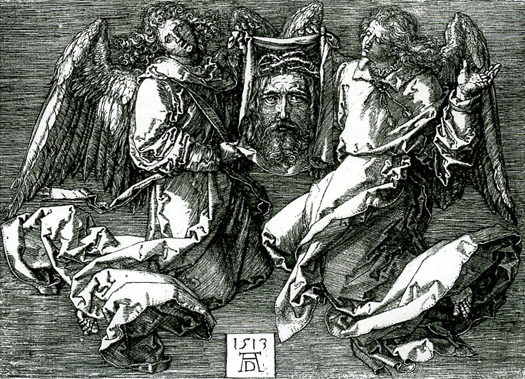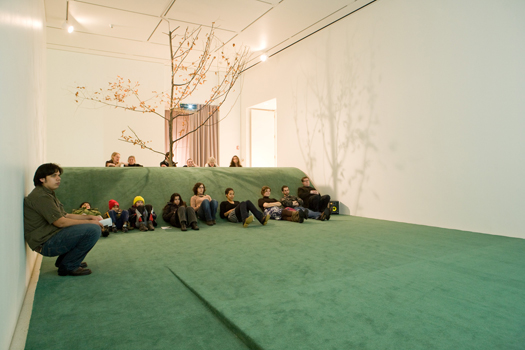Past Exhibitions

Idol Anxiety
April 8 – November 2, 2008
By juxtaposing Mesopotamian cult figures with Classical antiquities and Renaissance paintings,Idol Anxiety examined how objects become idols and offered insight into the sometimes uneasy relationship between people and things.

Sol LeWitt: Color and Line, Reproduced
March 25, 2008 – June 8, 2008
This exhibition, which featured a suite of lithographs and a sampling of artists' books created between 1968 and 1977, explored how LeWitt's serial use of color and line intersected with some of his early experiments with mechanical reproduction.

Adaptation: Video Installations by Ben-Ner, Herrera, Sullivan, and Sussman & The Rufus Corporation
January 31 – May 4, 2008
This exhibition looked at the use of adaptation in the work of four leading artists: Guy Ben-Ner, Arturo Herrera, Catherine Sullivan, and Eve Sussman & The Rufus Corporation.

Drawn from the Home of Henry Darger
December 22, 2007 – March 16, 2008
For forty years, the self-taught artist Henry Darger lived and worked in a cluttered one-bedroom apartment on Chicago’s North Side.

Looking and Listening in Nineteenth-Century France
November 6, 2007 – March 23, 2008
This exhibition combines prints, paintings, drawings, sculptures, as well as music from nineteenth-century France to examine the habits and fashions associated with looking and listening.

Master Drawings from the Yale University Art Gallery
October 4, 2007 – January 6, 2008
This exhibition, organized by the Yale University Art Gallery, provided a compelling survey of European draftsmanship, with masterworks by Gian Lorenzo Bernini, Edgar Degas, Guercino, Jacob Jordaens, and Jean-Antoine Watteau, among many others.

Objects of Inquiry: The Buckley Collection of Japanese Art
September 15 – December 16, 2007
Featuring paintings, sculpture, woodblock prints, temple maps, sutras, and religious talismans collected between 1886 and 1892 by Edmund Buckley, this exhibition delved in to the history of museum collections and religious studies at the University of Chicago.

The World Writ Small: Early Northern European Prints
June 16 – September 8, 2007
The diminutive engravings and woodcuts made by northern European artists in the first half of the sixteenth century may not be monumental in scale, but they contributed to nothing less than a revolution in printmaking.

Living Modern: German and Austrian Art and Design, 1890-1933
June 7 – September 16, 2007
This exhibition looked at the “Modernisms” that together contributed to the richness of life in Germany and Austria during a remarkable period of cultural redefinition, social transformation, and political reorganization.

Majestic Nature/Golden History: German Romantic Art
April 24 – October 21, 2007
This exhibition of paintings, drawings, and prints from the private collection of Stephen and Elizabeth Crawford and from the Smart Museum surveyed the artistic currents of German-speaking lands in nineteenth-century.